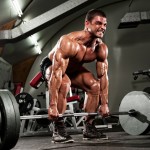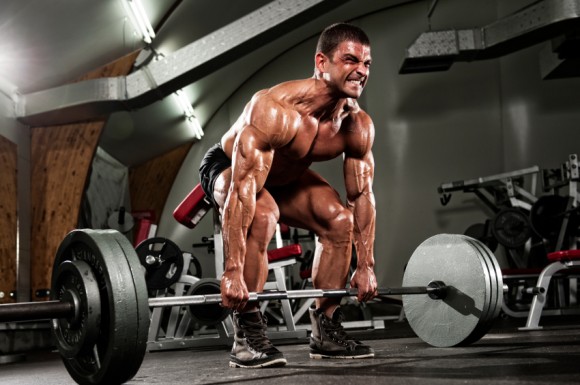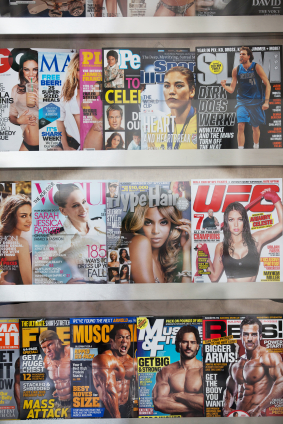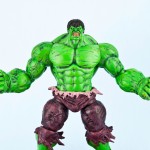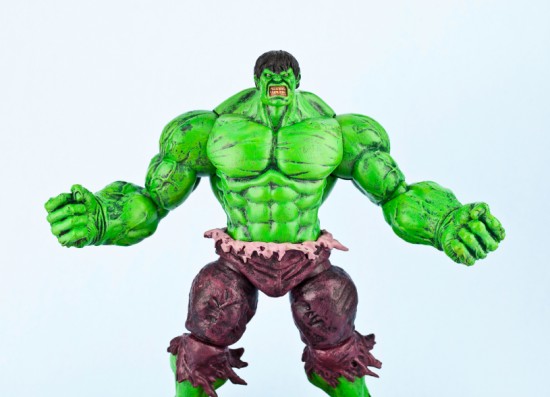Today we bring you another podcast from our phi-life series.
Phi-Life is a series of podcasts where John Barban and Brad Pilon discuss their ideas and concepts on the topics of muscle building, fat loss and health. In a nutshell they are just thinking out loud and recording it for your benefit.
Today’s topic: Muscle Building & The Anabolic Continuum
Muscle Building is one of the most elusive goals of bodybuilders and gym-goers alike. Furthermore, it has puzzled scientist’s in research studies who have been unable to effectively control and/or determine the results of a muscle-building research study.
When it comes to muscle building, it’s important to identify where an individual is in the Anabolic Continuum.
The Anabolic Continuum takes into account the several factors that determines your potential for muscle building. A few factors for example are: height, weight, age, and years of training experience.
Your ability to build muscle follows a very logical progression. Specifically, with your response to weight training.
Today John Barban and Brad Pilon will discuss further intricacies of the Anabolic Continuum, as well as provide some tips and suggestions to ensure you remain on track for your training and muscle building goals.
You will also learn and discover:
- What are confounding variables and how they can impact a research study
- The difference between responders and non-responders in research studies
- How to predict your lean muscle mass
- How to determine where you are on the anabolic continuum
- Are you in the right place in your weight training life
- Is there a specific way that you should be training
- What are the knowns and unknowns when evaluating an individual for a research study
Listen to the podcast here:
Podcast: Play in new window | Download


